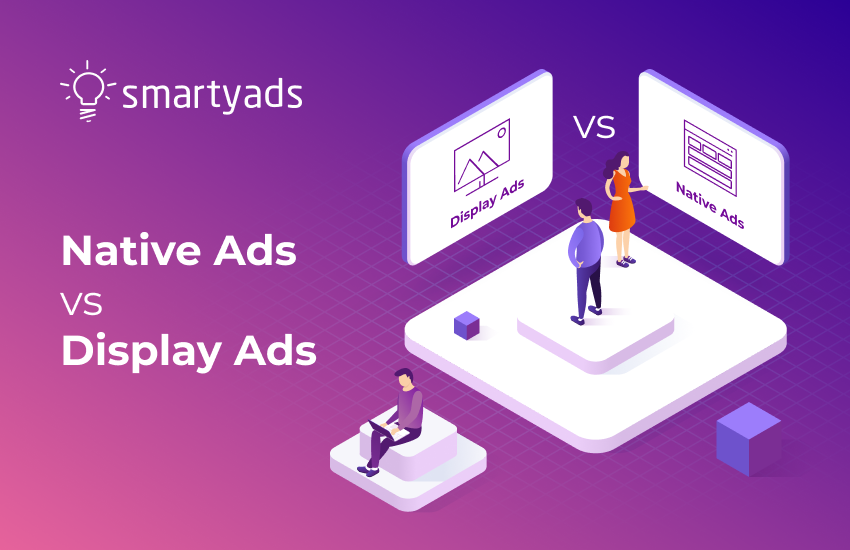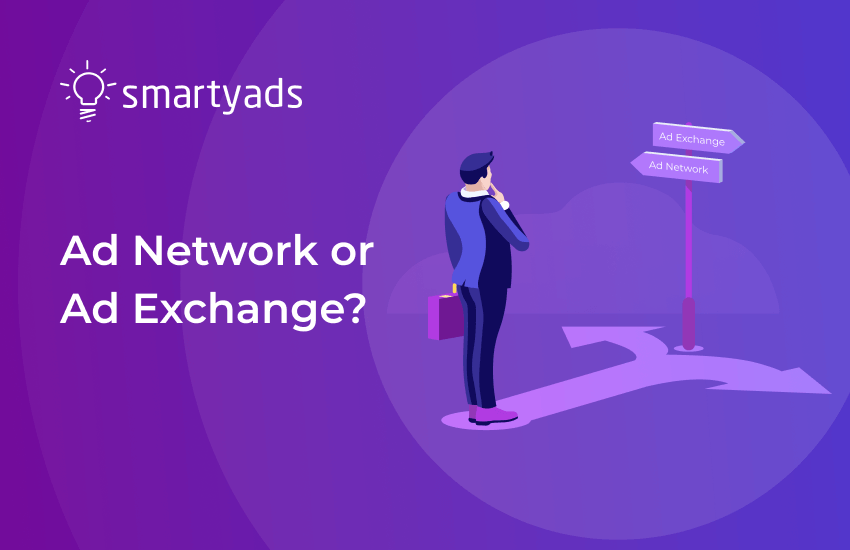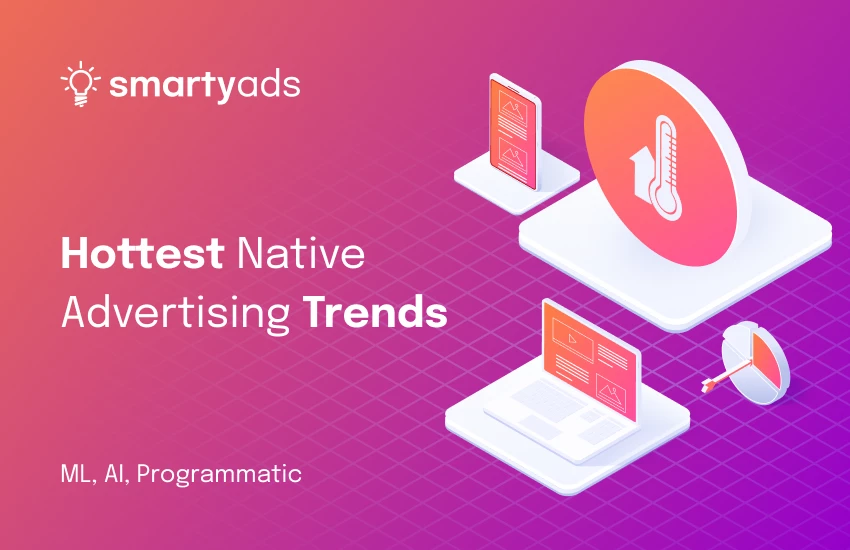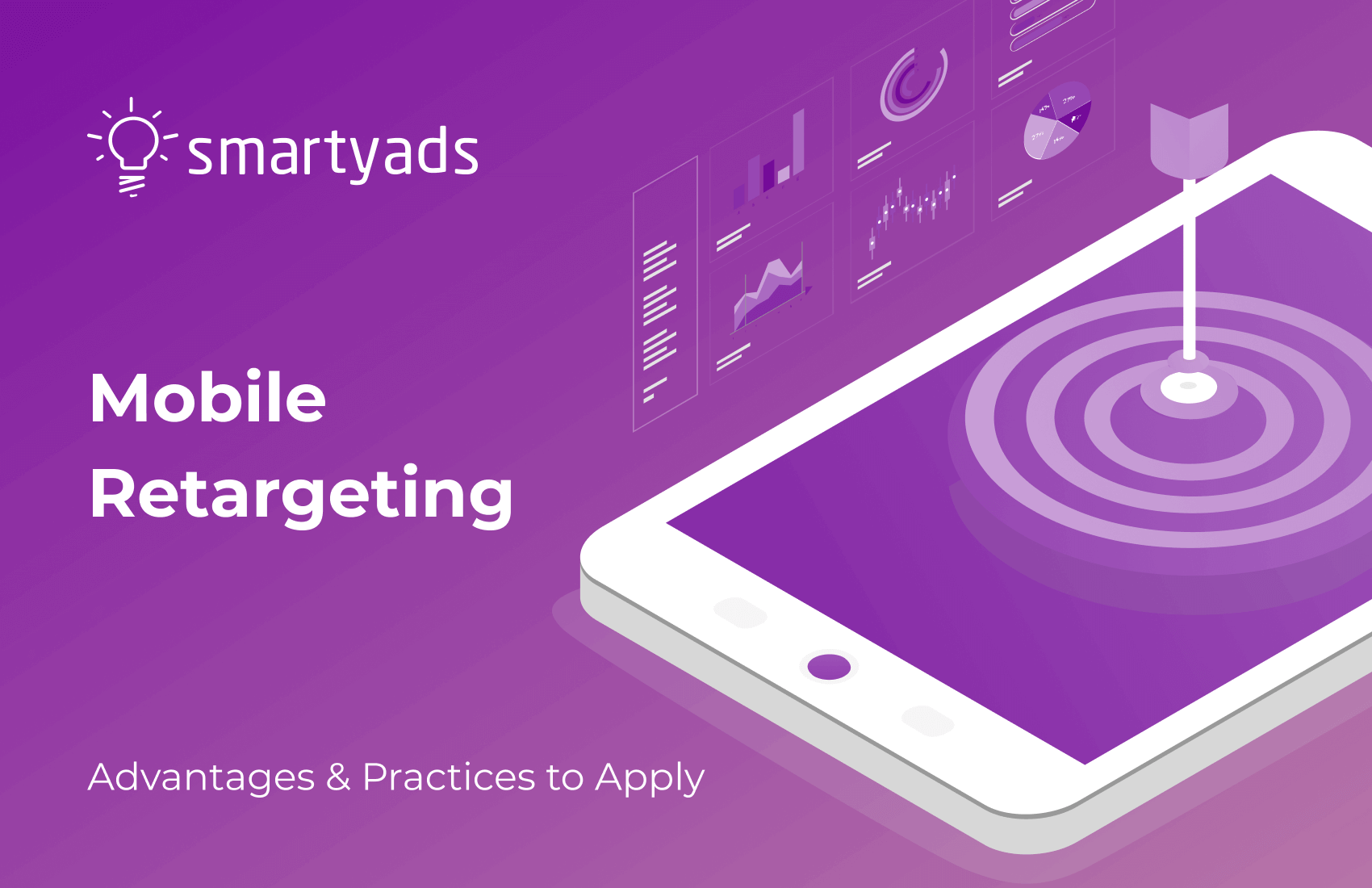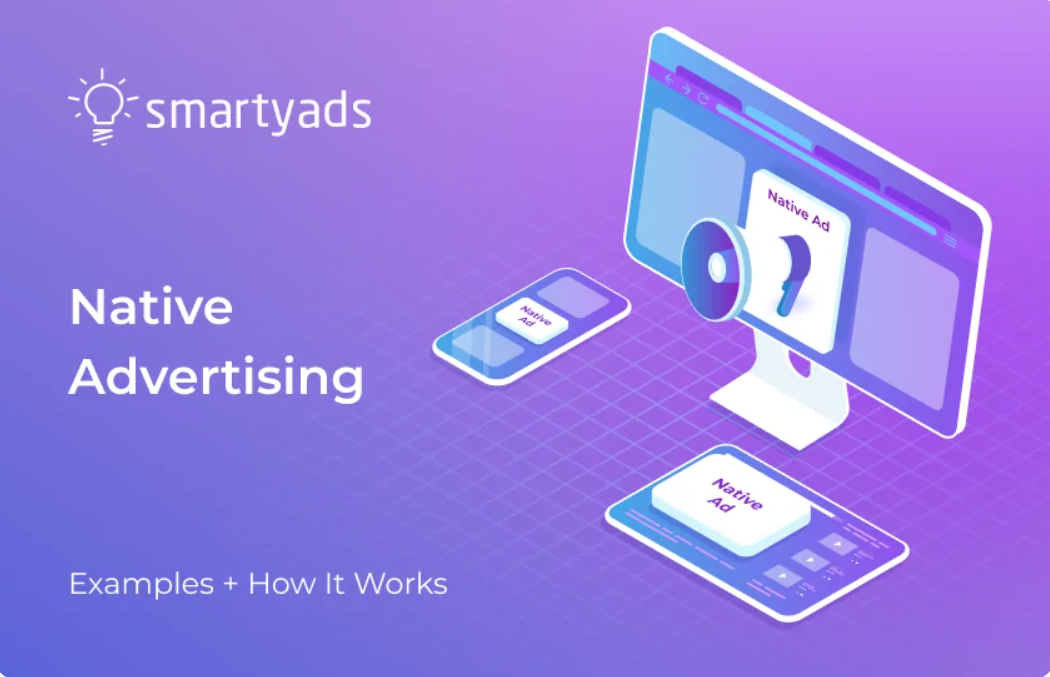A fascinating piece of marketing history starts with John Deere, the man behind Deere & Company, an agricultural corporation. He launched a magazine named The Furrow. Unlike ordinary corporate brochures of its time, The Furrow was filled with insightful articles all about farming and the nifty tools that could make farming life easier. It was specifically tailored for farmers, who happened to be the primary clientele for John Deere's products. What's remarkable is that both ventures, Deere & Company and The Furrow Magazine, have stood the test of time and are thriving even today.
Delving into the realm of online advertising, we came across a milestone in 1994 with AT&T unveiling what's considered the world's first display advertisement. It appeared as a banner, capturing the attention of viewers, and believe it or not, 44% of those who saw it were intrigued enough to click on it.

Over the last few years, we've really watched the world of advertising transform right before our eyes. Gone are the days when we were bombarded with just simple, straightforward ads. Now, we're getting ads that feel like they were made just for us, showing up at the perfect time and even letting us interact with them in cool ways, making the conversation about native ad vs display ad more relevant than ever. A huge thumbs up to the wonders of artificial intelligence and machine learning here, because they've totally shaken up the way ads find their way to us through programmatic advertising, influencing both native and display ad strategies.
And let me drop some numbers here, because they're pretty eye-opening. Back in 2021, the global spending on banner ads was sitting at a cool 64 billion U.S. dollars. But wait, that's not even the end of it. This figure is expected to climb by 4.6 percent every year, hitting more than 87 billion by the time we get to 2028. But here's the kicker: while banner ads are getting their share, native ads are quietly stealing the show. They're not just any ads; people actually look at them 52% more than they do at display ads. Plus, they're really giving brands a bang for their buck with significantly higher 'brand lift.'
Speaking of spending, the money pouring into native display advertising is nothing short of astounding. We're talking about $85 billion worldwide in 2021 alone, and it's predicted to almost double to near $190 billion by 2028.
So, with all this info in hand, it's kind of hard to say which kind of ad will end up on top in the debate of native advertising vs display advertising. But one thing's for sure, advertising is no longer what it used to be; it's evolving, growing, and becoming more tailored to us every day. And honestly, I'm here for it.

Native ads
What are Display Ads?
Display ads, facilitated by display ad networks, pop up as vibrant visuals on various websites, in apps, and across social media platforms, catching your eye with their attractive mix of images, videos, and interactive features. They nestle into specially reserved spots for ads, managed by these networks, and can zero in on particular groups of people by aligning with their demographics, what they're into, and the kinds of things they usually browse online. The main aim behind these colorful ads, strategically placed by display ad networks, is to get more people familiar with a brand, pull in visitors, and spark interest that could lead to new leads, all through content that engages and captivates.
What are Native Ads?
Native ads blend in so naturally with the content of the platform they're on, you might not even notice they're ads! Unlike those typical, standout display ads, native banner ads go with the flow of the page or feed they're in, matching its vibe and function. So, when you're scrolling through your social media or checking out recommended articles, that's where you'll likely spot them. The cool part? They're designed to not stick out like a sore thumb, promoting products or services in a way that feels totally in tune with whatever else you're reading or watching. This makes the user experience a lot smoother, without those jarring ad interruptions.
Native vs Display Ads: Full Comparison Table
Both display ads vs native ads types can be really effective, but they shine in different areas based on what you're trying to achieve with your advertising strategy. For instance, if you're focusing on desktop users, native ads tend to perform better. On the other hand, if you're aiming at a mobile audience, display ads might be the way to go.
You'll see this reflected in the click-through rates (CTR) for your campaigns. Native ads, especially the premium ones, boast an average CTR of about 0.2%. Display ads, while still useful, typically see a lower CTR around 0.05%. However, it's worth noting that you might end up paying more for each click with native ads.
Let's break down the key differences in a simple table to make the comparison easier to grasp:
| Feature | Display Ads | Native Ads |
| Appearance | Distinct from the website's content, often in banner or sidebar format | Blends seamlessly with the website's content, matching its style and format |
| User Experience | Can be intrusive and disruptive | Non-intrusive, designed to provide a more organic user experience |
| Engagement | Typically, lower engagement rates due to banner blindness | Higher engagement rates due to their seamless integration with content |
| Targeting | Can be highly targeted based on demographics, interests, and behavior | Also allows for targeted advertising, often based on contextual relevance |
| Formats | Images, videos, interactive media | Sponsored content, in-feed ads, search ads, content recommendation widgets |
| Purpose | Increase brand awareness, drive traffic, generate leads | Provide informative content, subtly promote products/services |
| Effectiveness | Effective for broad reach and visibility | Effective for higher engagement and trust-building |
| Cost | Often based on impressions (CPM) or clicks (CPC) | Can vary, but often priced based on engagement metrics like clicks and interactions |
| Placement | Designated ad spaces on websites, apps, and social media | Embedded within content, social media feeds, and search results |
Native vs display advertising: which ad wins?
Let's dive back into the entire scenario surrounding "display vs native ads" – there seems to be this enduring low-key rivalry between them, doesn't it? Like there's a sort of ad battle royale going on, with the underlying question of which will ultimately prevail. However, that viewpoint might be oversimplifying the reality. In today’s digital ecosystem, we find ourselves constantly besieged by both forms of advertising wherever we go online. The situation has escalated to a point of general frustration, likely fueling the surge in ad-blocking software adoption, now exceeding an impressive 500 million downloads. This speaks volumes about the "display vs native advertising" dilemma and the broader conversation about our collective ad fatigue.
Now, here's the kicker: ads that get on our nerves don’t really do anyone any favors. So, what's buzzing in the ad world is this whole programmatic advertising scene. It’s trying to make amends by whipping up new, smarter ways for ads to play nice with us users. You've probably noticed display ads are starting to feel a bit more like native display ads, blending into our feeds more smoothly. And at the same time, native ads are starting to adopt some traits from display ads. It's like they're swapping playbooks! This crossover has us heading towards a future where picking them apart might just be a brain teaser.
But let’s not forget, display advertising vs native advertising are still part of the same big programmatic advertising family tree. So when you’re plotting your next ad campaign, it's less about picking sides in a non-existent battle and more about nailing down your goals and strategy. Native advertising? Great for when you want your message to slide into content like it’s always been part of the conversation. Display ads? Perfect for getting your message out there loud and clear, especially if you're aiming for max visibility.
The bottom line is: it’s all about what you want to achieve and how you plan to get there. In an online world that's often criticized for being too ad-heavy, it's super important to remember that balancing your strategy with an eye on the user experience is key. This way, whether you lean towards native, display, or a mix of both, you're not just adding to the noise – you're playing your part in making the internet a friendlier place for ads and users alike.
That’s the real secret sauce – understanding these tools not as rivals, but as teammates. By staying on top of the trends and blending the best of both worlds, you're not just keeping pace; you're setting your campaigns up to resonate more deeply with your audience. So, as we see these lines continue to blur, let's shift the conversation from 'which is better' to 'how can they work better together for a winning strategy?'
In any case, if you want to use any of these types of programmatic advertising, SmartyAds is here to help. Contact us for a consultation.
P.S. Yes, this article is native advertising, because it is on our brand blog and it benefits us to let you know about our services, their quality, and their usefulness.
Use our DSP for the best native and display advertising campaigns!

